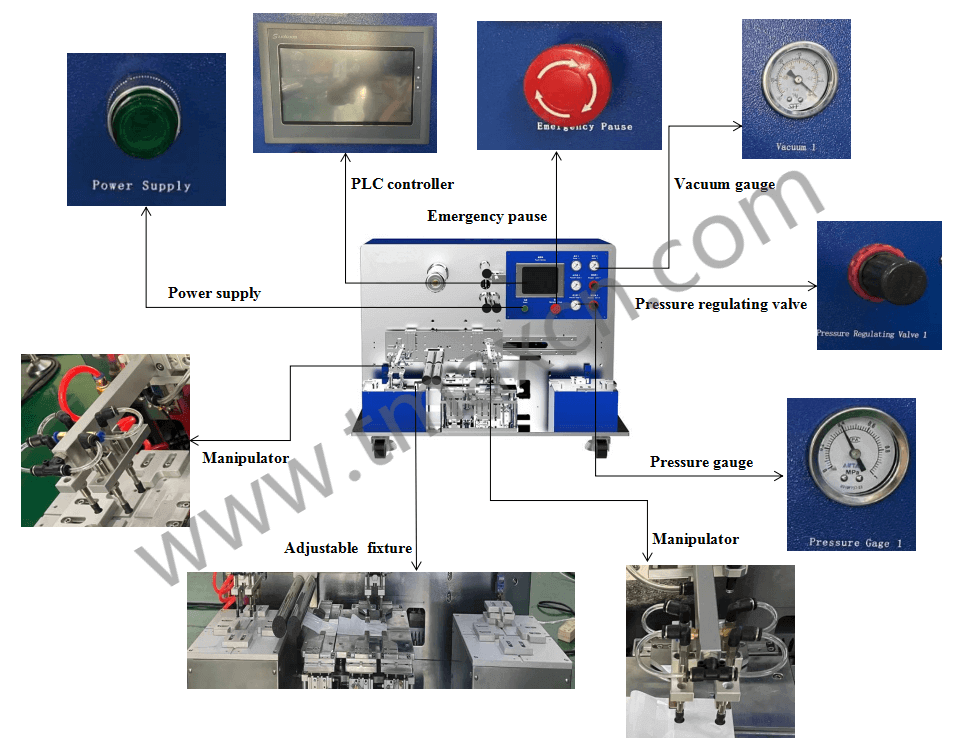- 메일 주소 : David@tmaxcn.com
- 메일 주소 : Davidtmaxcn@gmail.com
- : No. 39, Xinchang Road, Xinyang, Haicang Dist., Xiamen, Fujian, China (Mainland)
Supercapacitor Production Plant
Introduction
As the demand for efficient and sustainable energy storage solutions continues to grow, supercapacitors are emerging as a powerful complement to traditional batteries. Known for their ability to deliver quick bursts of energy and endure millions of charge-discharge cycles, supercapacitors are increasingly being integrated into various applications, from electric vehicles to renewable energy systems. In this blog post, we will take a closer look at the intricacies of setting up a supercapacitor production plant and the key processes involved in manufacturing these advanced energy storage devices.
The Evolution of Supercapacitors
Supercapacitors, also known as ultracapacitors, have evolved significantly since their inception. Initially used for niche applications, advancements in materials and manufacturing techniques have expanded their use into mainstream applications. Unlike traditional batteries, which store energy through chemical reactions, supercapacitors store energy through electrostatic fields, allowing for rapid energy delivery and exceptional cycle life. Key milestones in their development include the introduction of activated carbon electrodes, which significantly increased capacitance, and the advent of graphene-based materials, further enhancing performance.
Setting Up a Supercapacitor Production Plant
Site Selection and Facility Layout
Establishing a supercapacitor Assembly plant begins with selecting an appropriate site. Key considerations include proximity to raw material suppliers, access to skilled labor, and compliance with environmental regulations. The facility layout must be designed to optimize workflow, ensuring efficient movement of materials through various production stages. This typically involves distinct areas for electrode preparation, cell assembly, electrolyte filling, and final testing.
Key Production Processes
1. Electrode Preparation
Mixing and Coating
The process starts with mixing active materials (like activated carbon or graphene), binders, and conductive additives into a homogeneous slurry. High-shear mixers and planetary mixers ensure uniformity. The slurry is then coated onto a current collector, typically aluminum or copper foil, using slot-die coaters or doctor blade coaters. Precise control over coating thickness and uniformity is crucial for optimal performance.
Drying and Calendering
The coated electrodes are dried in continuous ovens or vacuum dryers to remove solvents. Calendering machines then compress the dried electrodes to the desired thickness and density, enhancing electrical conductivity and mechanical integrity.
2. Cell Assembly
Cutting and Stacking
Electrode sheets are cut into precise shapes using laser cutters or die cutters. Automated stacking machines then assemble the electrodes with a separator in a sandwich structure. This stack is the heart of the supercapacitor cell.
Electrolyte Filling and Sealing
The stacked electrodes are placed into a cell casing, and an electrolyte is filled under vacuum conditions to ensure complete wetting. The casing is then sealed using heat sealers or ultrasonic welders to ensure an airtight environment.
3. Formation and Testing
Initial Charge and Conditioning
Formation chargers apply controlled voltage and current to the cells, activating the materials and forming the electric double layer. This step is critical for ensuring consistent performance.
Quality Control
Automated test stations measure key parameters such as capacitance, internal resistance, and leakage current. Environmental chambers simulate various operating conditions to test cell reliability and safety.
Challenges and Future Prospects
Technical Challenges
Despite their advantages, supercapacitors face challenges such as lower energy density compared to batteries. Research is ongoing to develop new materials and designs that can enhance their energy storage capacity without compromising their inherent benefits.
Future Opportunities
The future of supercapacitors looks promising, with potential breakthroughs in materials science and nanotechnology poised to overcome current limitations. Their role in hybrid energy storage systems, combining the strengths of batteries and supercapacitors, could revolutionize the landscape of energy storage solutions.
Conclusion
Supercapacitors are set to play a pivotal role in the future of energy storage, offering unparalleled advantages in terms of power delivery and longevity. Setting up a production plant involves a complex interplay of advanced manufacturing processes and stringent quality control measures. As technology advances, supercapacitors will likely become an integral part of our energy infrastructure, driving innovations in various industries.
Call to Action
Stay tuned for more updates on cutting-edge energy storage technologies. Subscribe to our newsletter to receive the latest news and insights directly to your inbox.
 ru
ru English
English











 +86 13174506016
+86 13174506016 David@tmaxcn.com
David@tmaxcn.com

